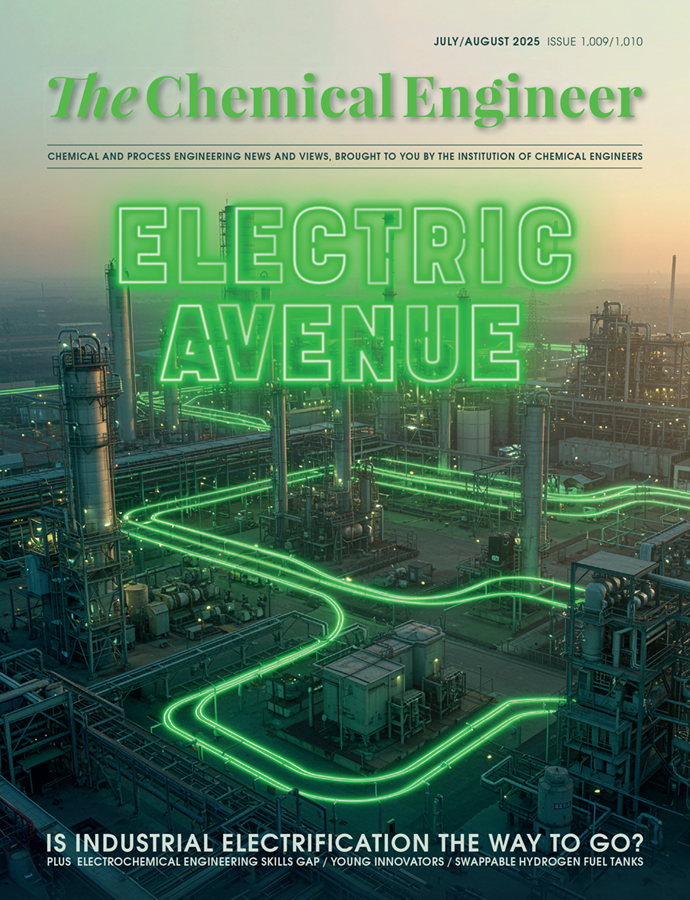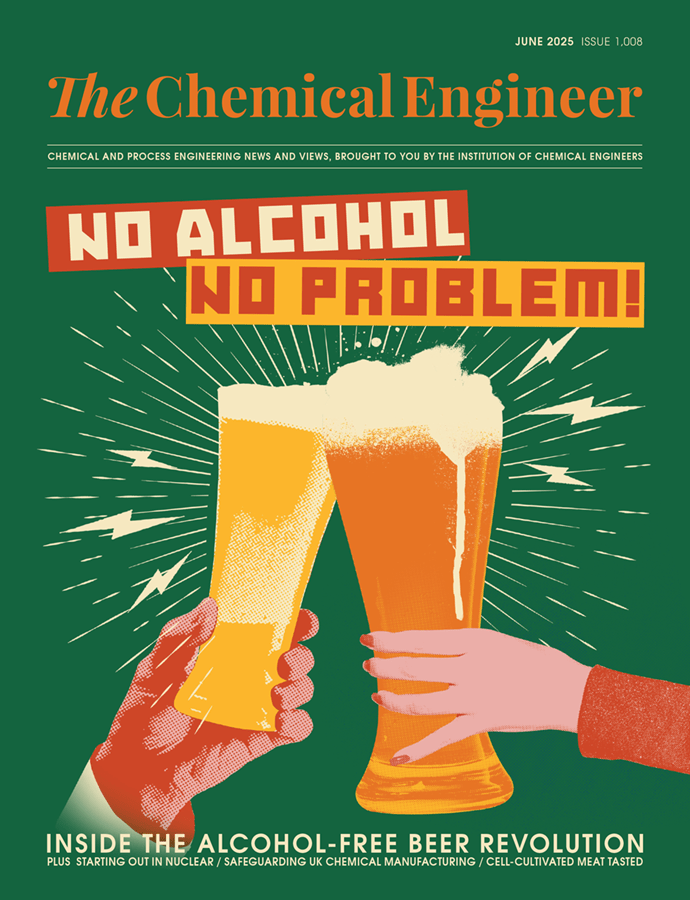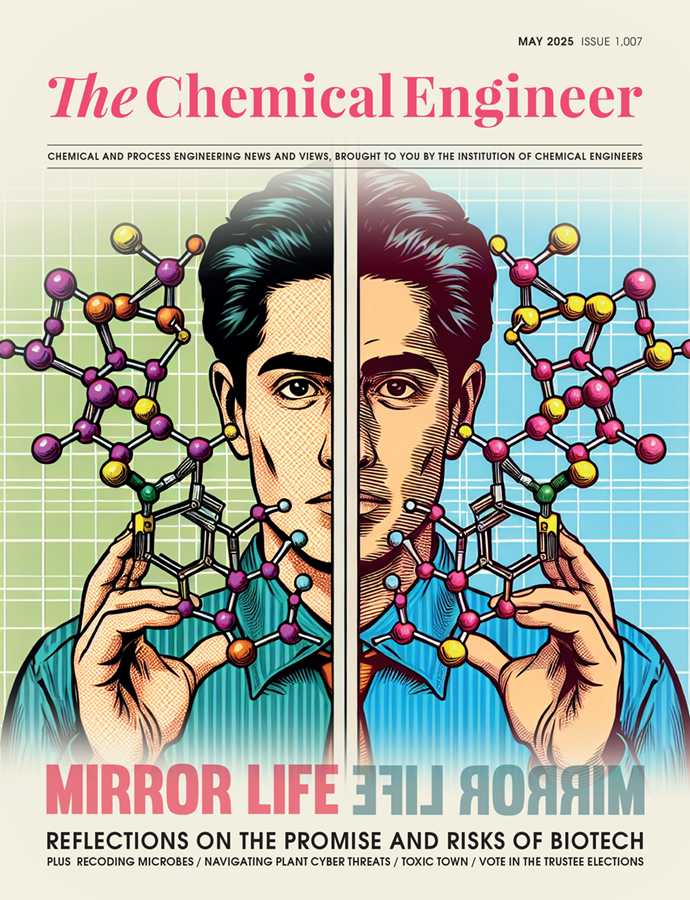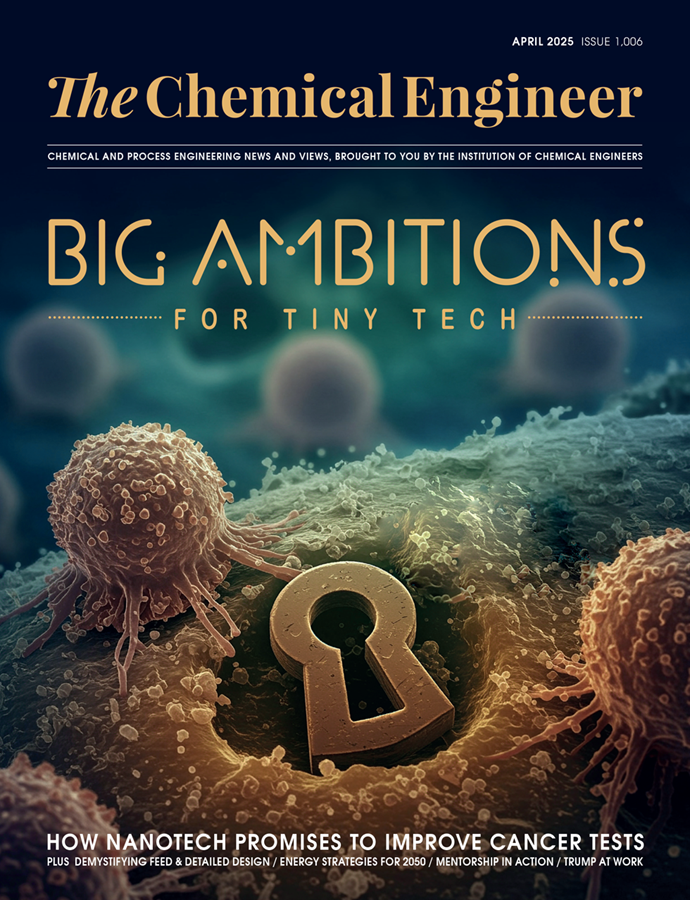Phosphate Rocks Chapter 15: Ammonia

As any attentive school pupil could tell you, the Haber process wrenches super-stable nitrogen from the air and bludgeons it into a form more useful to humanity.
Fritz Haber(xxi), a German chemist, was awarded the Nobel Prize for chemistry in 1918 for his ammonia process. A little local difficulty prevented him from receiving his prize until 1919.
Ammonia-based fertilisers improved crop yields and prevented billions of people from starving to death. Ironic that ammonia’s first use was to make war munitions and that Mr Haber is also the father of chemical weapons, leader of a team who successfully weaponised chlorine during the First World War.
In fact, ammonia synthesis should be known as the Haber-Bosch(D) process, but we often forget Carl Bosch(xxiii), who led the team to scale up the Haber process. Carl Bosch also received a Nobel Prize for chemistry, although later, in 1931.
In the Haber-Bosch process, nitrogen and hydrogen react over a catalyst to make ammonia. Scaling up a novel laboratory process to industrial scale is never simple, especially when high temperatures and pressures are involved.
Carl Bosch faced three challenges.
The first was to find an economic source of the raw materials.
Nitrogen makes up 78 per cent of the air we breathe. You can separate it from oxygen and argon and the other gases in air by cooling until it becomes liquid(D1). How you cool to minus two hundred degrees centigrade – using Joule-Thomson throttling– is REALLY interesting (trust me), but we’re coming to that later.
The simplest method for producing hydrogen might be splitting water with electricity (as proposed by Haber), but this relies on cheap, continuous energy supplies.
Most of the hydrogen for ammonia production comes from natural gas. The overall reaction is methane plus water to give hydrogen plus carbon dioxide.
Of course, it’s a bit more complicated than that.
If you’ve been paying attention, you’ll remember that natural hydrocarbons came from living creatures so life (and death) contains sulphur. These organic sulphur compounds must be removed to avoid bad smells, corrosion and catalyst poisoning. The sulphur-free methane is mixed with high pressure steam. For every tonne of hydrogen produced you also get nine tonnes of carbon dioxide. A little is collected, purified and sold (to put the fizz in carbonated drinks like Coca-Cola and fill fire extinguishers) but most goes straight out into the atmosphere. A little of the product hydrogen is sacrificed to remove any left-over traces of carbon monoxide or carbon dioxide (turning them back to methane) and a little more hydrogen goes back to the start of the process to remove the sulphur.
So now you have your raw materials. What next?
The second challenge faced by Bosch was to replace the uranium-osmium catalyst. Osmium is extremely rare. Uranium is also expensive, radioactive and a tad unstable. After twenty thousand attempts, the team came up with a cheap and efficient magnetite catalyst that worked every bit as well.
So now you have your catalyst, what next?
Recent Editions
Catch up on the latest news, views and jobs from The Chemical Engineer. Below are the four latest issues. View a wider selection of the archive from within the Magazine section of this site.




